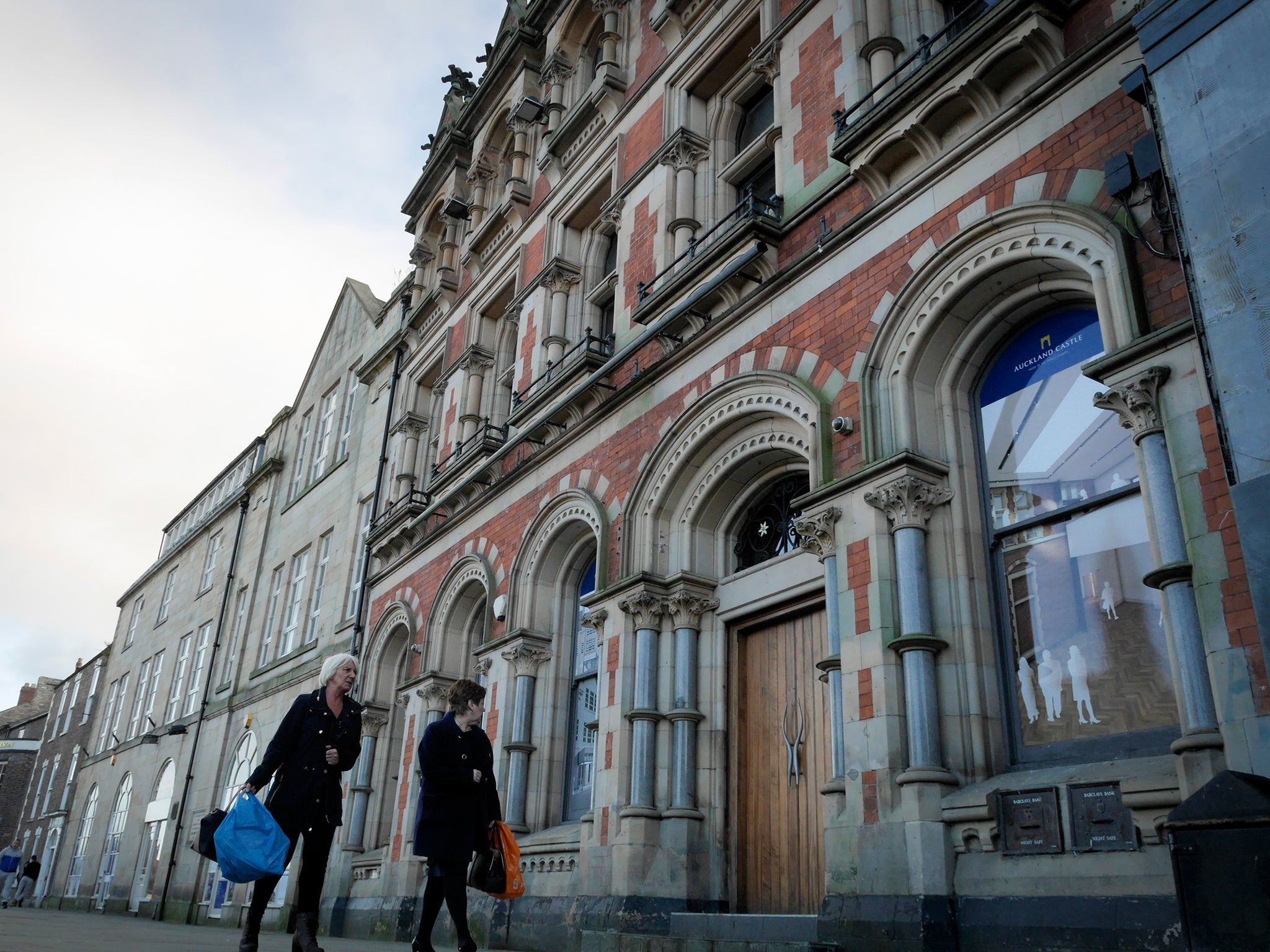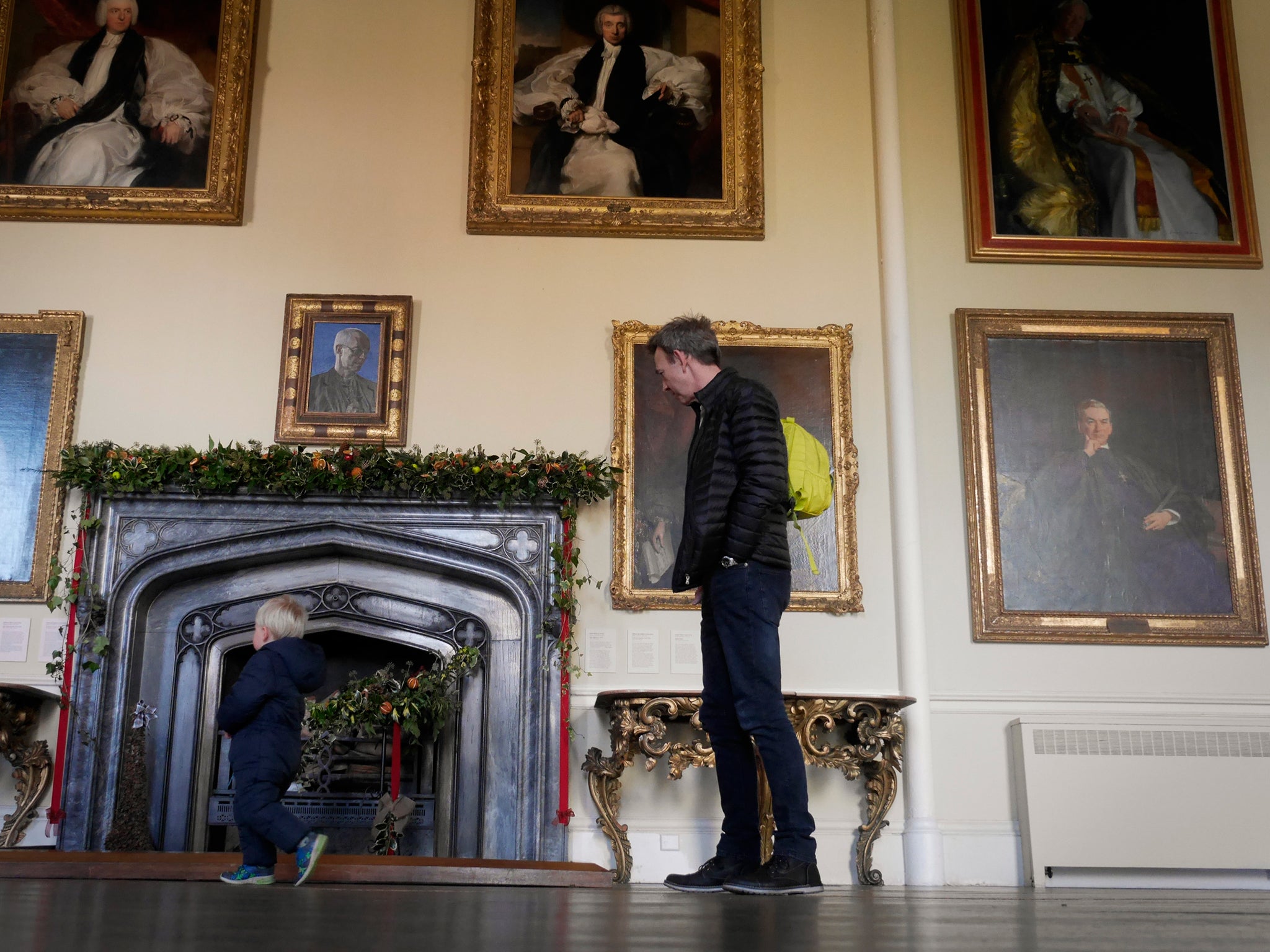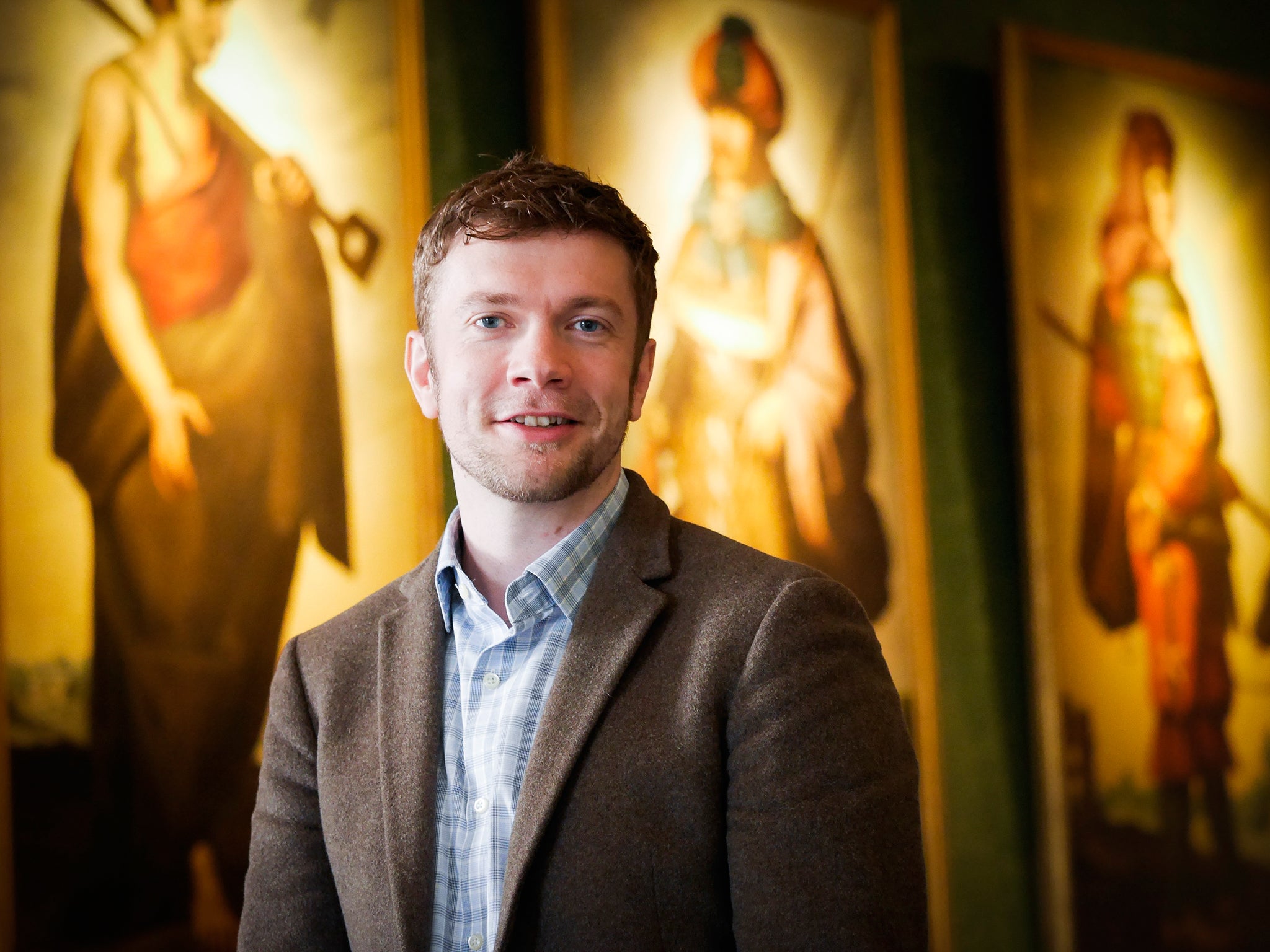Bishop Auckland set to become unlikely home to Spain's 'golden age' masters
Plans are under way to turn a former bank and a school-turned-pizzeria in the market place into £5.5m Spanish art gallery

Your support helps us to tell the story
This election is still a dead heat, according to most polls. In a fight with such wafer-thin margins, we need reporters on the ground talking to the people Trump and Harris are courting. Your support allows us to keep sending journalists to the story.
The Independent is trusted by 27 million Americans from across the entire political spectrum every month. Unlike many other quality news outlets, we choose not to lock you out of our reporting and analysis with paywalls. But quality journalism must still be paid for.
Help us keep bring these critical stories to light. Your support makes all the difference.
A former mining town in the north-east of England might not, on first appearances, seem the most obvious location for a world-beating collection of Spanish art.
But tiny Bishop Auckland in County Durham is set to become home to some of the greatest works by Spain’s "golden age" masters including El Greco, Ribera and Velázquez.
Plans are under way to turn a former bank and a school-turned-pizzeria in the market place into £5.5m Spanish art gallery and research institute.
It is the dream of the philanthropist Jonathan Ruffer, who recently donated £25m to secure the future of nearby Auckland Castle, the historic home of the bishops of Durham.
Only when you step inside the castle’s walls and walk through the bishops’ throne room to the long dining room can you fully appreciate why this town of 16,000 people is set to lead a revival in Spain’s Siglo de Oro.
On the green-papered walls hang 12 astonishing life-size paintings of Jacob and 11 of his 12 sons by the great Spanish baroque artist Francisco de Zurbarán, which form the inspiration for the new gallery.
The 370-year-old paintings, and an 18th century copy of the 12th son, Benjamin, would be prized by any of the world’s biggest galleries. But they have been at the castle since they were bought by the Prince Bishop of Durham, Dr Richard Trevor, in the 1750s.
They are just a taster of what art lovers can expect when the gallery opens in 2018.
The Auckland Castle Trust has recently bought El Greco’s Christ on the Cross for £2.5m, with the help of a grant from the Art Fund.
A 17th century still life by Juan de Arellano, a sculpture of the Crucified Christ by Luisa Roldán and a 13th century Catalonian statue of Jesus are also among the planned highlights, although the Zurbaráns will remain on the dining room walls where they have rested for 260 years.
Dr Christopher Ferguson, Auckland Castle’s curatorial director, says as we stand being watched by Joseph and his Old Testament brothers: “These paintings would grace the walls of any major international gallery. You might expect to see them in one of the world’s capital cities, and yet we have them here in Bishop Auckland.
“It is thanks to Jonathan Ruffer that they have remained here in the castle and we are now going to use them as a catalyst for the creation of a series of visitor destinations to regenerate Bishop Auckland and create jobs.
“County Durham already has the largest collection of Spanish paintings in Britain, but it’s an unsung gem. We created the idea of the gallery and the research institute to provide that context and to help and promote Spanish art. Bishop Auckland will feel like a small part of Spain.”

He adds: “This will be the place in Britain that people will want to visit to understand Spanish art. If you want to understand Spain, you should come here. I think there is an appetite for Spanish art in Britain. It has a joy and a wonderful depth to it.
“New galleries do not open very often and you almost always expect them to open in London, but this is happening here in the north-east and we are creating something really exciting for the region.”
The gallery will be designed by Stirling Prize winning architects Feilden Clegg Bradley Studios and will feature Spanish art from the late Medieval period to the late 20th century.
It will bring tourists and academics to the region from around the world and will form part of wider plans by the trust to restore the castle and its grounds.
There are also plans to hold festivals celebrating Spanish culture and educational programmes to help visitors and local people understand the role of Spanish artwork in European history.
Among those looking on the Zurbaráns is Peter Heslop, a volunteer steward who guides visitors around the castle’s vaulted rooms, where helpers are today cutting holly for Christmas wreaths.
“These paintings are quite an asset,” he says as he points out the lion in the painting of Judah.
“Some visitors call them ‘the boys’. They are a taster of what will happen here thanks to Jonathan Ruffer’s vision.
“A lot of good things are happening in Bishop Auckland. We need to see jobs, particularly for young people. The gallery will give everyone a bit of extra pride in saying they are from Bishop Auckland.”

Plans for the gallery also excite Maureen Scurfield, 84, a former factory worker and grandmother-of-eight, who is gazing at the Zurbaráns.
“I first saw these painting when they were on display at the National Gallery in London many years ago,” she says.
“I was astonished when I discovered they were from Bishop Auckland. Sometime later, I came to castle to see if I could look at them again. It wasn’t open to the public then, but they let me inside to take a look.
“Today, I’ve brought my friend to see them. It’s the symbolism that I love most of all. Every painting is different, but my favourite is Joseph. Just look at him. He's gorgeous.
“I’ll definitely be back to visit the gallery. My son teaches English in Spain, so we’ll definitely have something to discuss when he comes home.”
Join our commenting forum
Join thought-provoking conversations, follow other Independent readers and see their replies
Comments